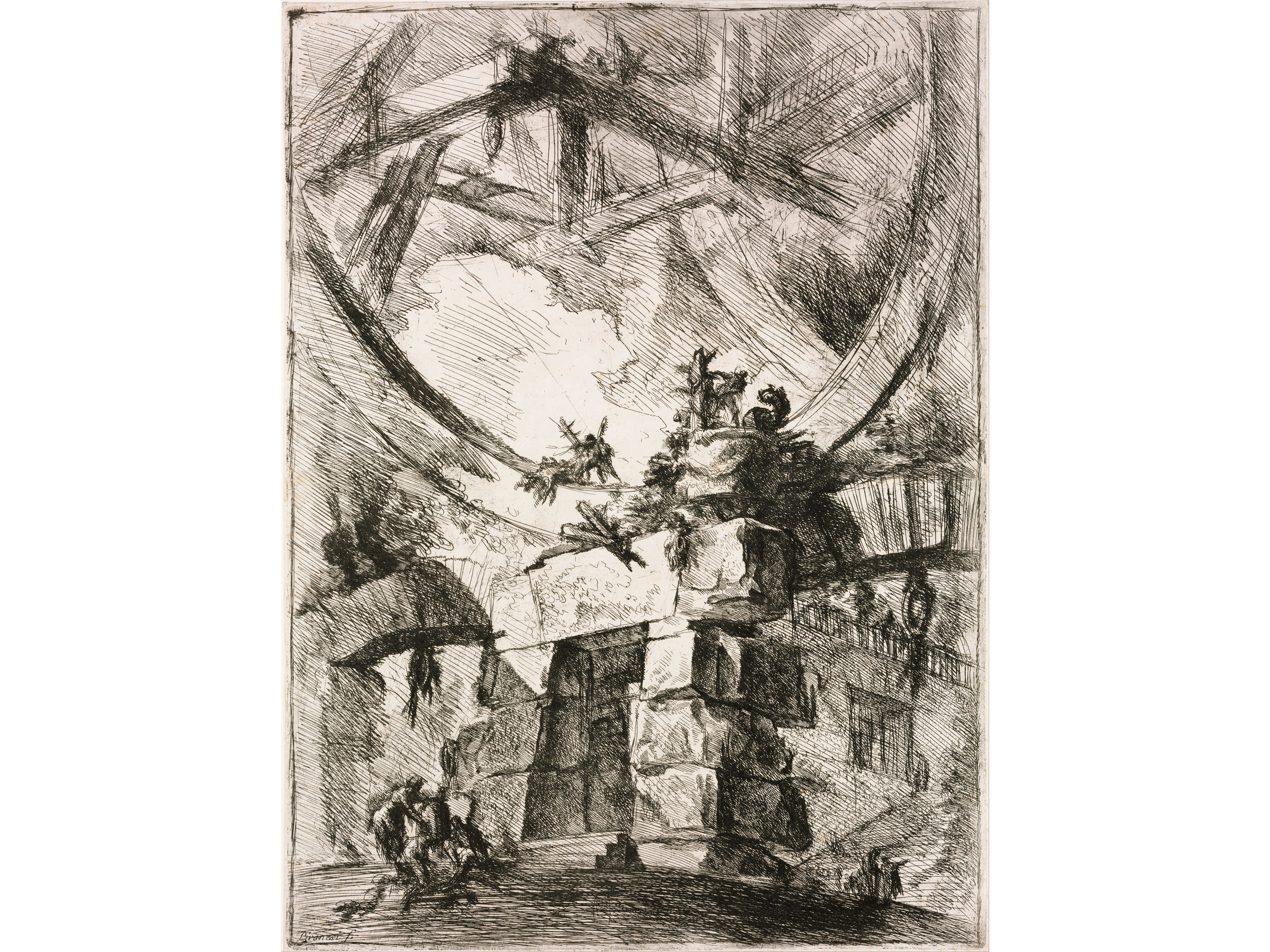Manfredo Tafuri, L’archtettura del Manierismo nel Cinquecento europea (Rome: Officina, 1966).
Manfredo Tafuri, Teorie e storia dell’architettura (Rome: Laterza, 1968).
Manfredo Tafuri, Theories and History of Architecture (London: Granada, 1980), 141.
Manfredo Tafuri, La sfera e il labirinto (Turin: Einaudi, 1980).
Manfredo Tafuri, The Sphere and the Labyrinth (Cambridge: MIT Press, 1987), 5.
Ibid., 9.
Andrew Leach, Choosing History: A Study of Manfredo Tafuri’s Theorisation of Architectural History and Architectural History Research (PhD Thesis, University of Ghent, 2005–2006).
John Whiteman, Jeffrey Kipnis, and Richard Burdett eds., Strategies in Architectural Thinking (Cambridge: MIT Press, 1992), 7.
